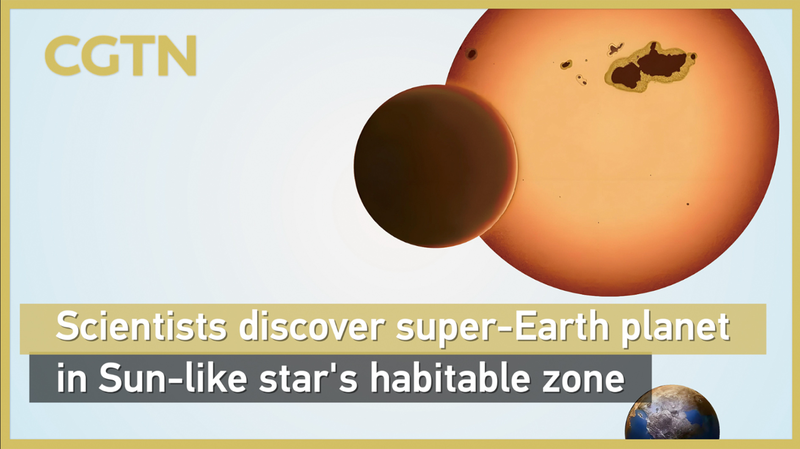For centuries, humans have looked skyward, wondering if were alone. Now, scientists from the Chinese mainland and Germany bring that mystery closer to home with Kepler-725c, a super-Earth orbiting a sun-like star in its habitable zone.
Located 2,472 light-years away, Kepler-725c packs about 10 times Earths mass. Detected via the Transit Timing Variation method—where tiny gravitational tugs reveal hidden worlds—it circles its star every 207.5 days, remarkably close to our own year.
Heres why this discovery is a game-changer:
- Earth-Like Orbit: A 207.5-day period places Kepler-725c right in its host stars temperate belt.
- Water Potential: Surface temperatures could allow liquid water, a cornerstone for life.
- Next Steps: Upcoming telescopes will probe its atmosphere for water vapor and biomarkers.
Kepler-725c joins a growing roster of exoplanets challenging our models of habitability. Each new find refines where and how we search for life beyond Earth.
As instruments evolve, more discoveries like this will follow. For now, Kepler-725c stands as a tantalizing candidate—a world that might one day answer the question weve been asking for centuries: are we alone?
Reference(s):
Scientists locate super-Earth planet in sun-like star's habitable zone
cgtn.com




